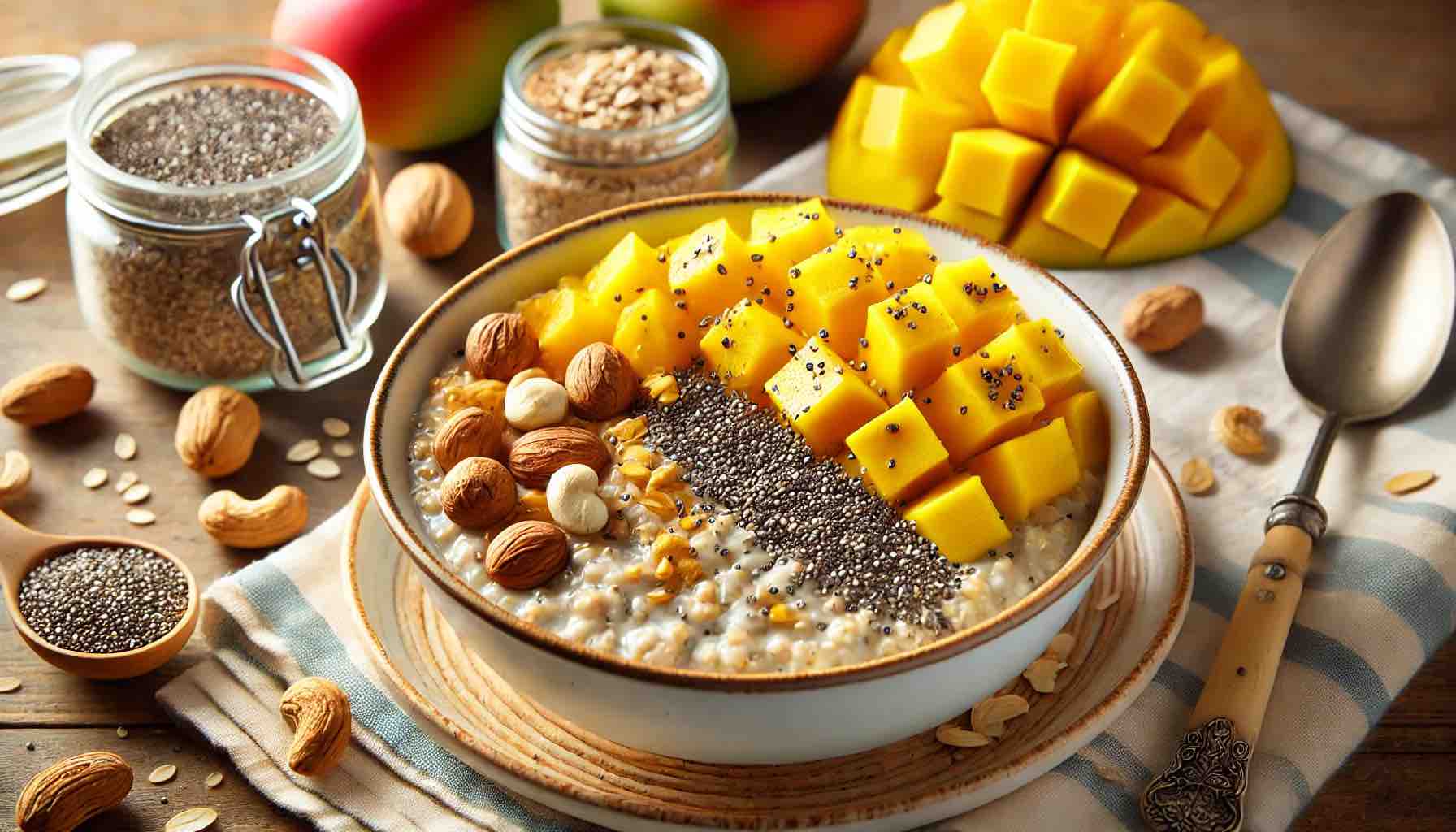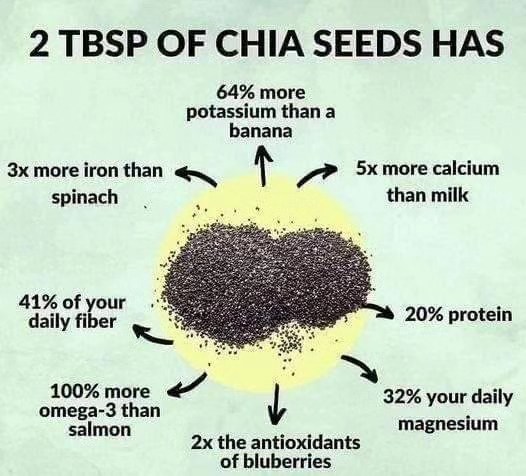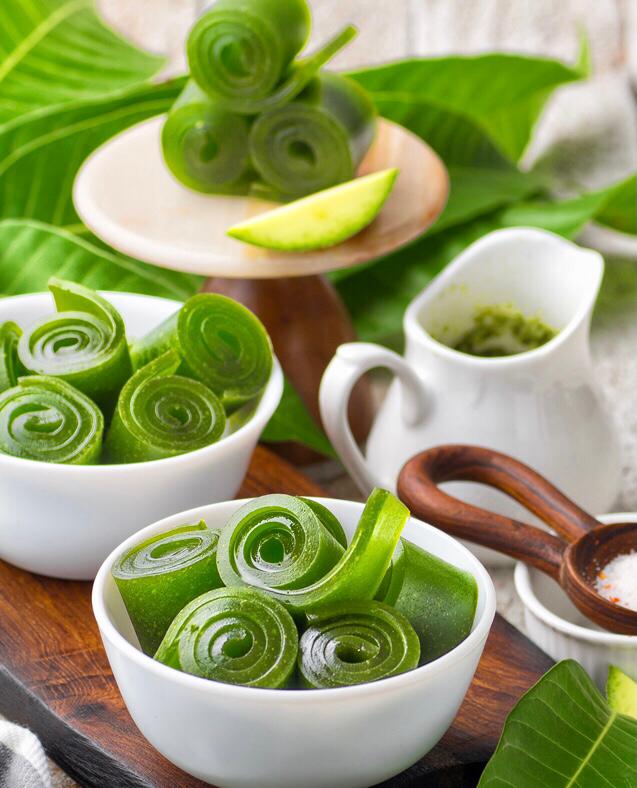
Lately, I’ve developed a deep affection for steel-cut oats. It’s surprising how quickly they’ve become a comfort food for me—something I genuinely look forward to eating, unlike many so-called ‘healthy’ alternatives. Of course, ‘healthy’ is subjective and should be defined by individual needs and preferences. Here is something that my git finds to be extremely healthy maybe something you might want to try as well.
Why Steel-Cut Oats?
Steel-cut oats offer a wholesome bowl of nourishment, combining whole, natural foods with a delicious taste. Their texture, fiber, and smoothness are simply amazing. Steel-cut oats are a fantastic source of fiber and essential nutrients, which can support digestion and overall wellness. If you haven’t tried them yet, I highly recommend giving them a go.
My Go-To Recipe
Here’s a basic recipe that I follow:
- Roast the Oats: Start by roasting the steel-cut oats to enhance their flavor.
- Cook the Oats: Boil the roasted oats in a pressure cooker until they are tender.
- Add Milk: Once the oats are cooked, stir in some milk and refrigerate them to chill. I usually let them sit overnight to allow the milk and flavors to meld together.
Flavor Boost: Mango Magic
A major reason I’ve fallen for this dish is the mango season. I add a mango or two, chopped into bits. The natural sweetness of the mangoes is so satisfying that I skip any added sugar or sweeteners. Instead, I let the mangoes infuse their sweetness into the oats as they soak overnight.
Nutritional Enhancements
To add more texture and nutritional value, I also include:
- Chia Seeds: About a tablespoon or two.
- Fox Nuts (Makhane): Or other nuts, berries, or seeds.
This combination works wonderfully and provides a super prebiotic boost for my system. After experimenting with different ingredients, I found that chia seeds and makhane made a significant difference, prompting me to share this recipe.

Serving Suggestions
For an extra touch of flavor, consider adding:
- Roohafza: A splash on top.
- Cinnamon: A sprinkle for added warmth.
Feel free to experiment with different fruits, like berries or apples, depending on the season.
Personal Note
When I mention the ‘result,’ I’m not only referring to the taste but also how it makes my stomach feel the next day. The combination of steel-cut oats, mangoes, chia seeds, and makhane seems to act as a super prebiotic for my system, which is probably complemented by a kombucha tasting session later in the day. This dish fits perfectly into my daily routine, providing a satisfying and nutritious start to my day.











